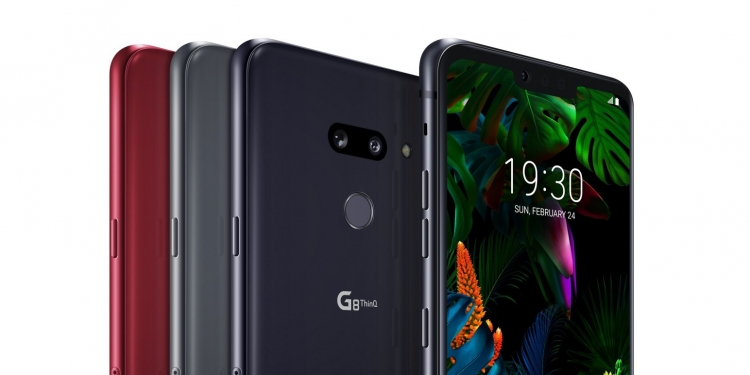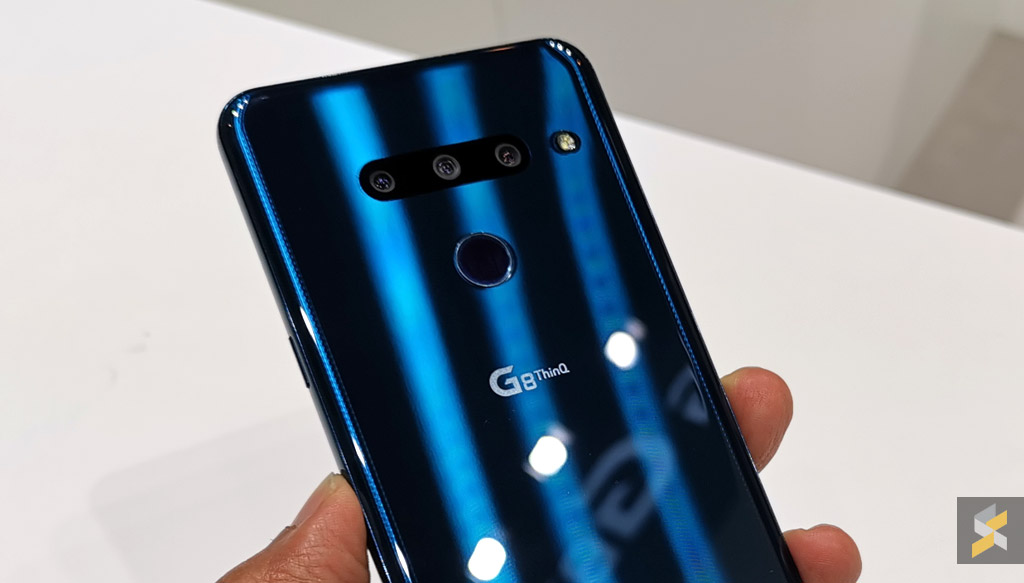
The LG G8 ThinQ is finally revealed and it’s yet another flagship smartphone that runs on the latest Snapdragon 855 processor. On paper, it ticks most of the right boxes and what makes it different is its front-facing 3D ToF camera.
In case you didn’t know, Time of Flight (ToF) cameras offer better 3D depth sensing and we’ve seen various applications for photography and AR gaming. The G8 ThinQ offers much more than that and one of the headline-grabbing features is its Hand ID biometric security.
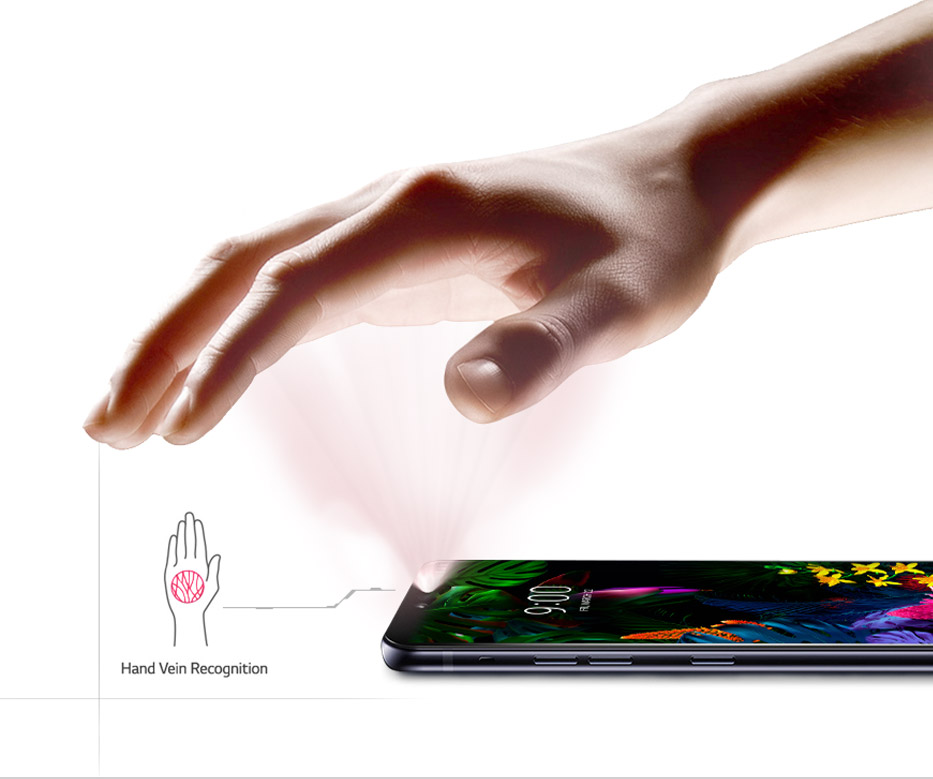
Instead of using your finger, the LG G8 ThinQ boasts the world’s first advanced palm vein authentication on a smartphone. It uses its ToF Z camera and infrared sensor to recognise veins patterns in the palm of your hands. According to LG, it can unlock in a split second when you raise your palm to the front camera.
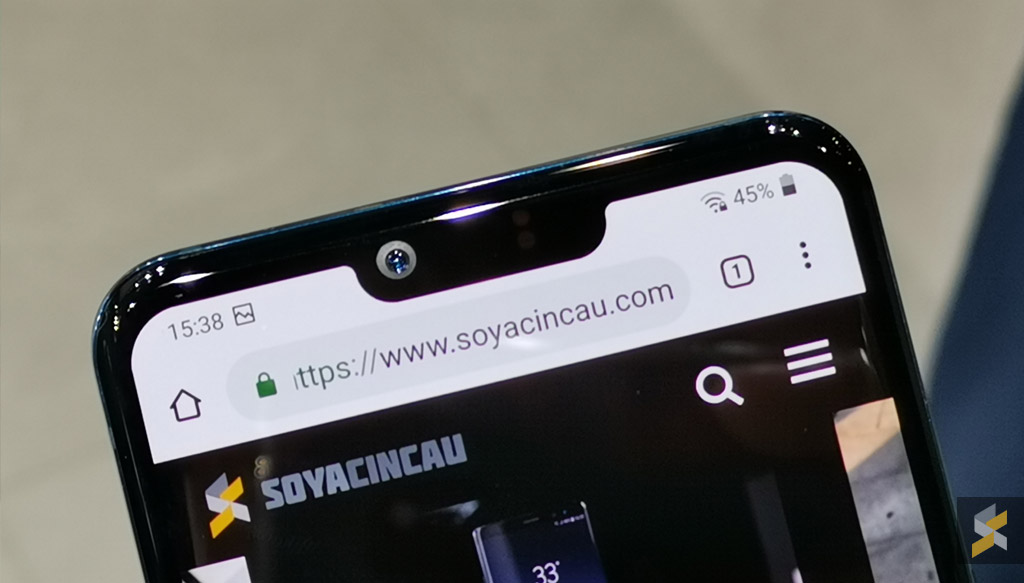
Unlocking a phone should be a seamless experience where it can be done with a single hand. With this Hand ID feature, you’ll need two hands to unlock the device and how is this better than using face unlock or tapping on an actual fingerprint sensor? Fortunately, the G8 ThinQ still gets a rear-mounted fingerprint sensor.
Adding more gimmicks to the device, LG has also included Air Motion gestures. You can use finger gestures to answer phone calls, take screenshots, switch between applications or adjust the volume, which is somewhat similar to what BMW has in their new 7-series.
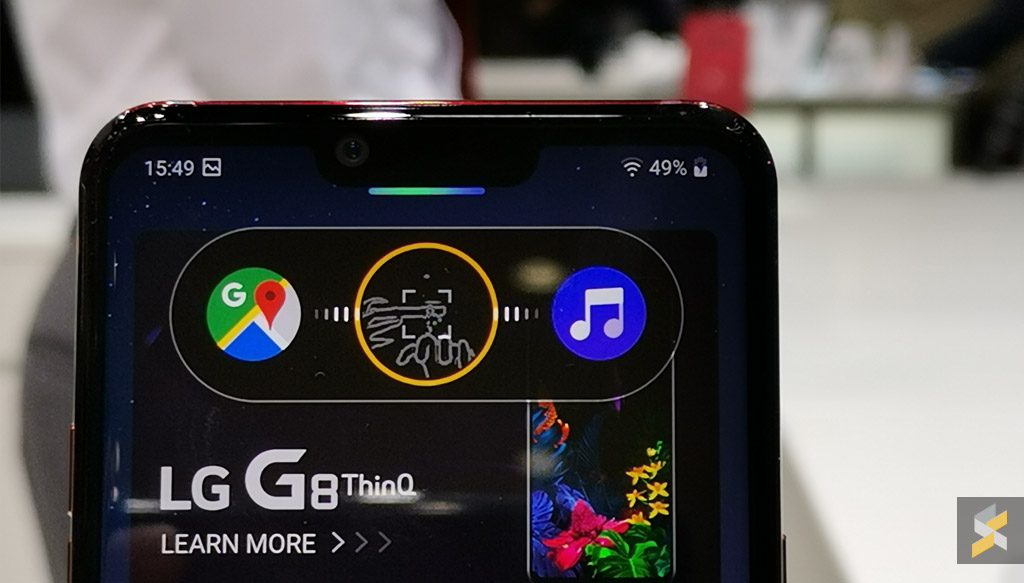
For this to work, you’ll need to hover your hand in front of the phone at the right sweet spot until a bar appears. Only then, you can perform your gestures which is very slow to respond. Personally, I’ll rather use the physical buttons and simply tap on the screen to get things done quicker. When we tried it at the LG booth at MWC19, it felt very cumbersome to use.
Fortunately, the front 3D ToF camera is not completely useless on the LG G8 ThinQ. It’s used for portrait selfies and according to LG, it can measure depth faster and more accurate compared to a typical image sensor. On top of that, the ToF camera is also utilised for 3D face unlock. In theory, it’s more secure and impossible to spoof with a 2D image.
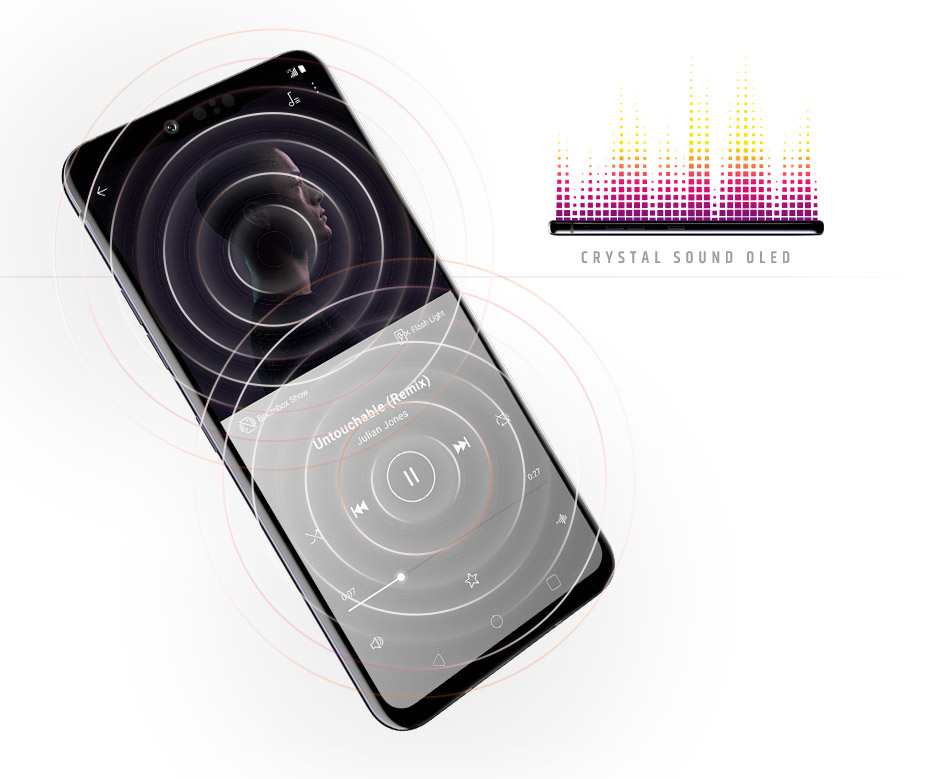
To create a seamless front design without any speaker grills, the LG G8 ThinQ features a Crystal Sound OLED to replace the front facing earpiece speaker. Essentially, the entire screen is used to emit sound, however, it still has a bottom-firing Boombox speaker that now does stereo output.
In terms of appearance, the LG G8 ThinQ is a well-built device and it feels premium in the hands. The display still has a rather large notch on it which makes it look so 2018. I guess the notch was necessary in order to house the front camera and ToF sensors.
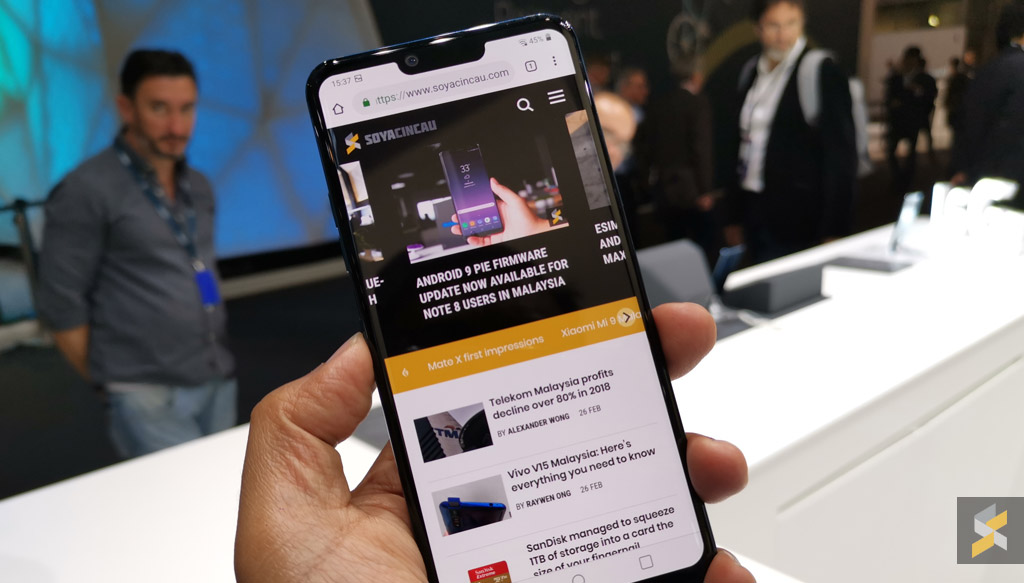
Upfront, the G8 ThinQ gets a 6.1″ Quad HD+ OLED display and it runs on a Snapdragon 855 processor with 6GB of RAM. There’s also 128GB of storage which is still expandable up to 2TB via microSD.
For imaging, it gets a triple camera setup consisting of a 16MP f/1.9 Super Wide shooter, 12MP f/1.5 main camera, and a 12MP f/2.4 telephoto lens. Strangely, the G8 ThinQ is also available in dual-camera setup for selected markets.
Powering the device is a 3,500mAh battery that supports Quick Charge 3.0 via USB-C. There’s also IP68 dust and water resistance. Like its predecessors, it also gets a 32-bit Hi-Fi Quad DAC and it still retains a 3.5mm headphone jack. Durability wise, the device is also MIL-STD 810G compliant.
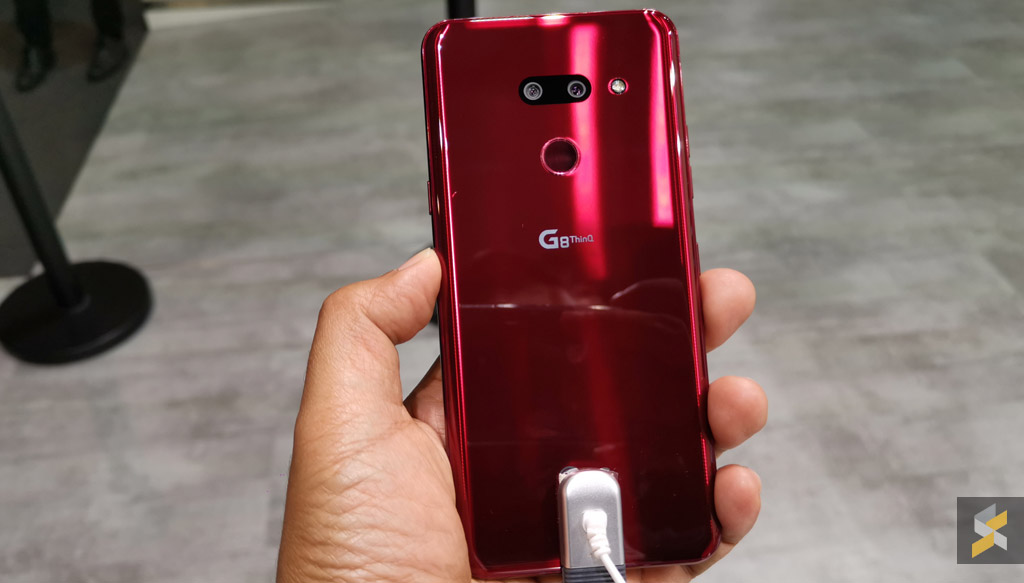
LG also has introduced a lower-spec G8s ThinQ which comes with a 6.2″ Full HD+ OLED display and a larger 3,500mAh battery. It also gets a different triple-camera setup which consists of a 13MP (wide) + 12MP (normal) + 12MP (telephoto) cameras.
Overall, the LG G8 ThinQ is a pretty decent flagship offering with great specs, versatile triple-camera setup and a nice premium build. I liked the fact that LG is still offering a headphone jack and a microSD card expansion slot, which are quite rare among new flagship smartphones. The key differentiation is the front ToF camera which is useful for face unlocking and bokeh selfies. However, it seems that LG needed gimmicks like the air gestures and palm recognition in order for this device to stand out.
If I have one complaint, is the lack of wireless charging which was previously available on the G7 ThinQ. With more manufacturers supporting wireless charging as standard, it is surprising that companies like LG and Sony are removing this convenient feature on their latest and greatest products.
Unfortunately, we don’t expect this device to arrive in Malaysia through official channels since the LG brand is non-existent in our local smartphone scene. If you are genuinely interested in the G8 ThinQ, you might be able to get one in the coming months through our local grey importers.
[ SOURCE ]

